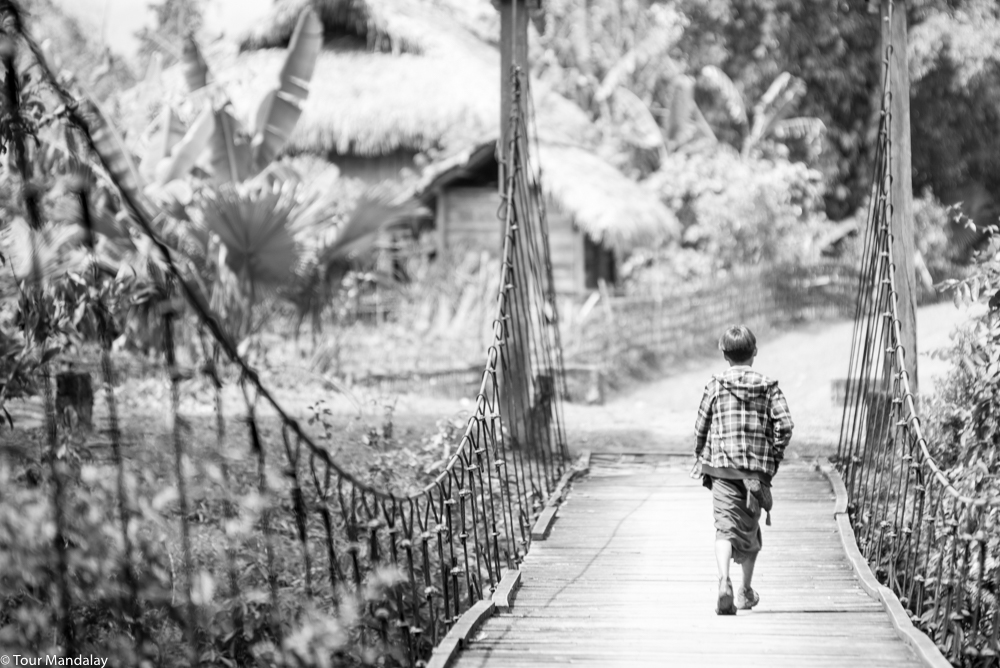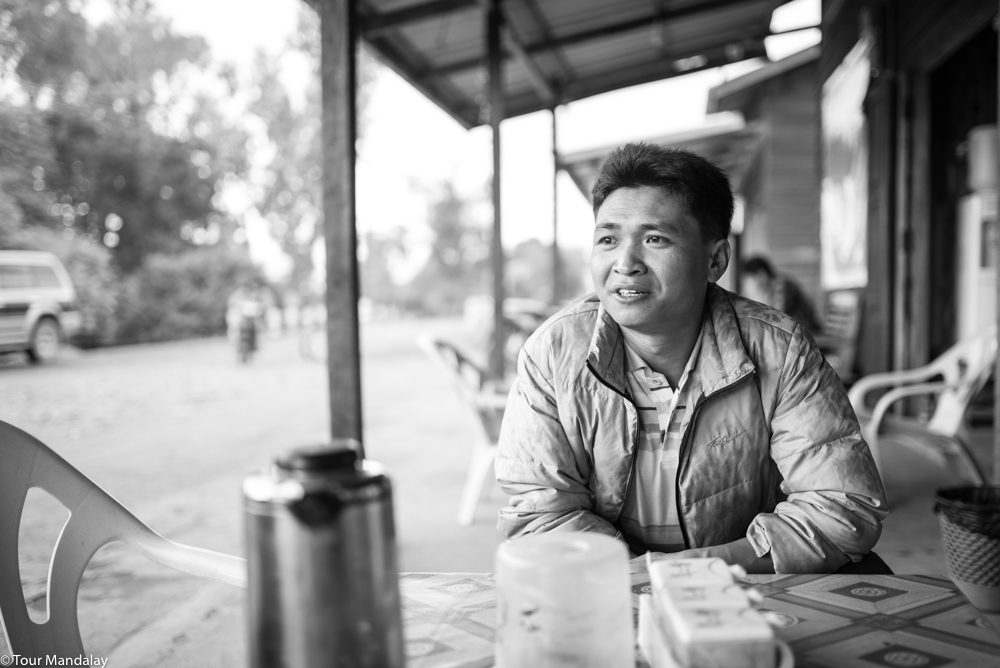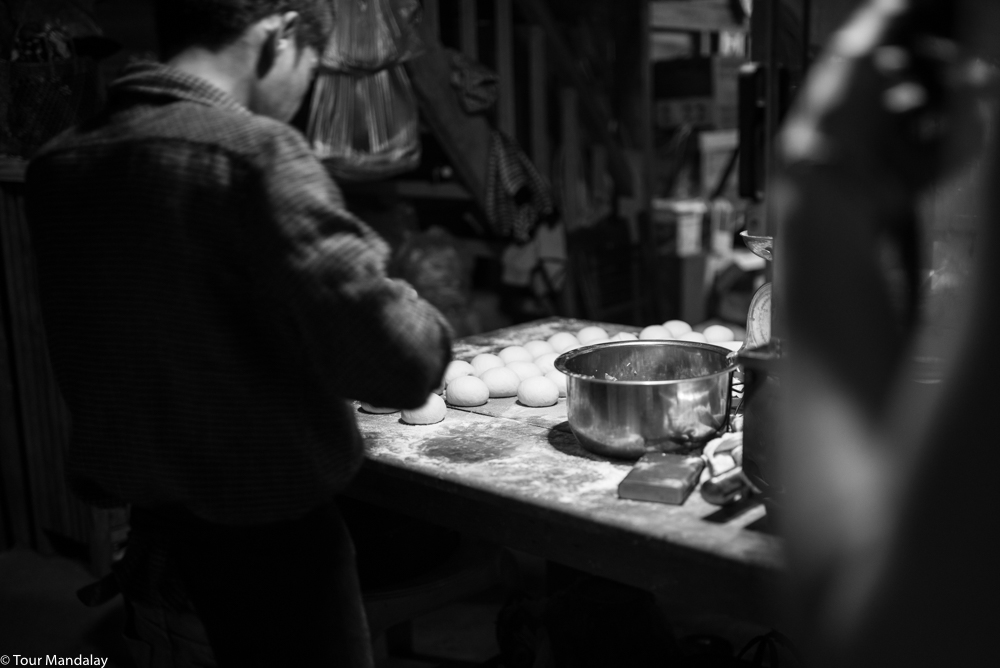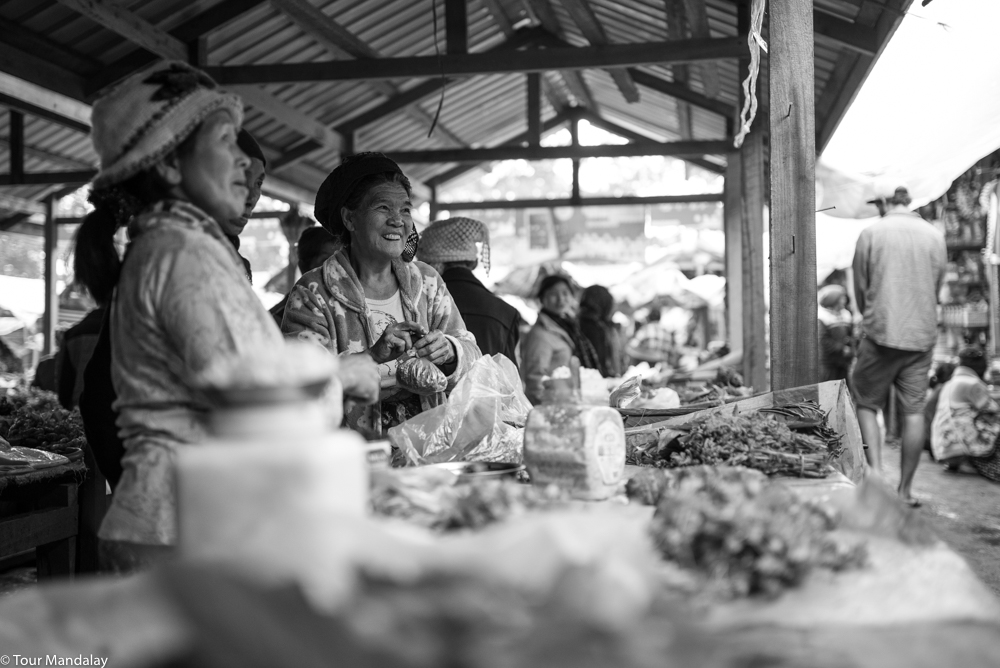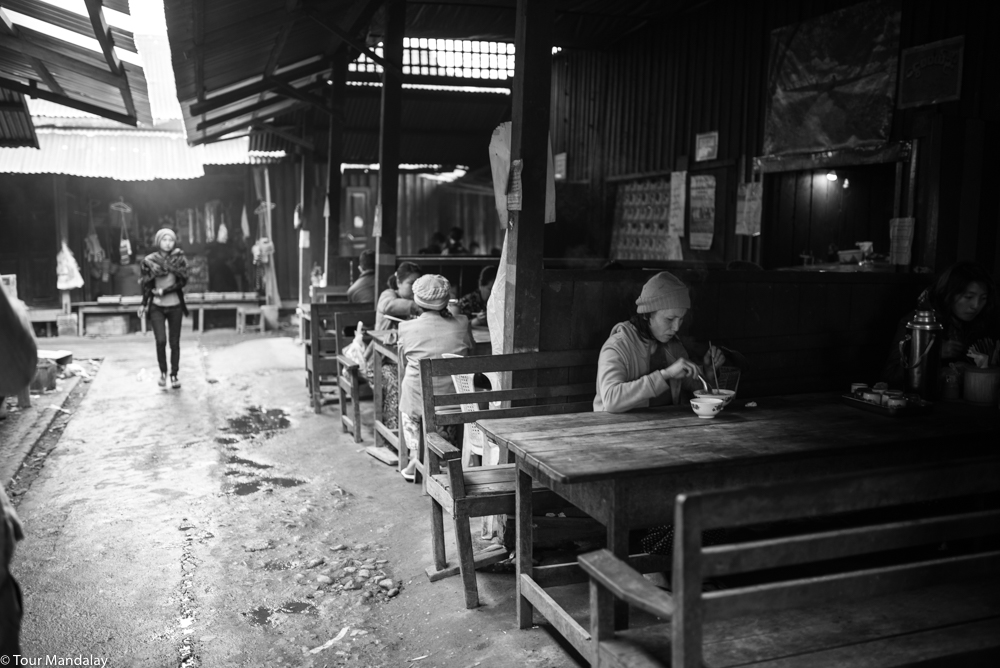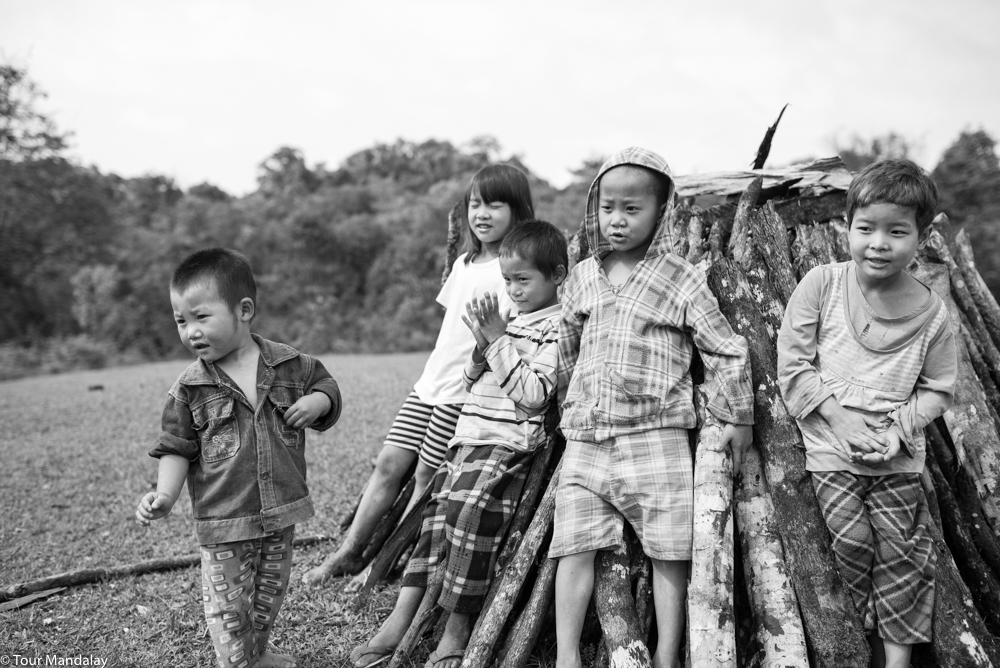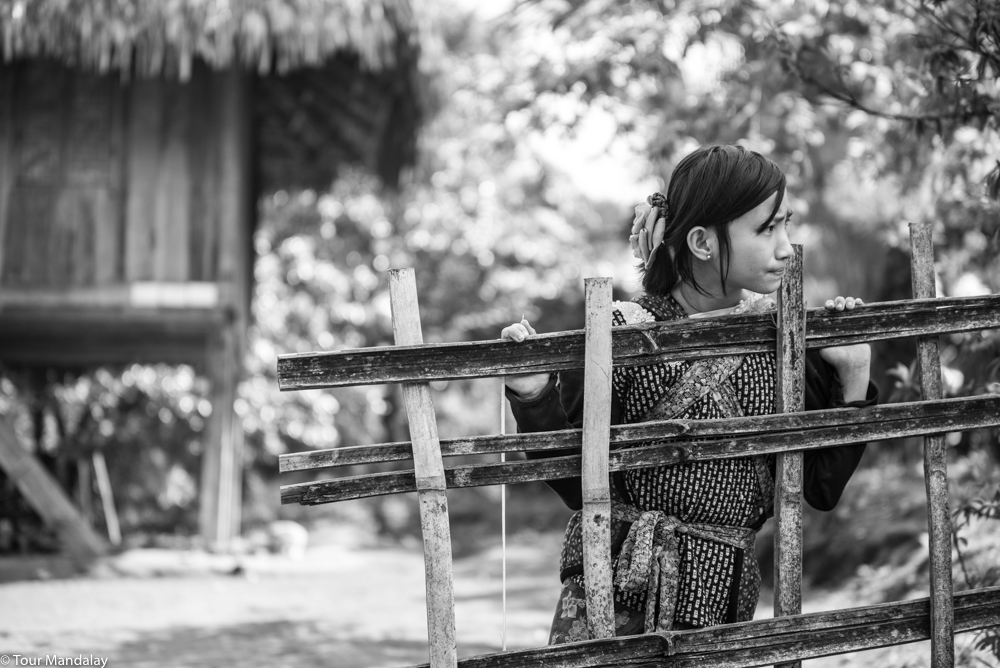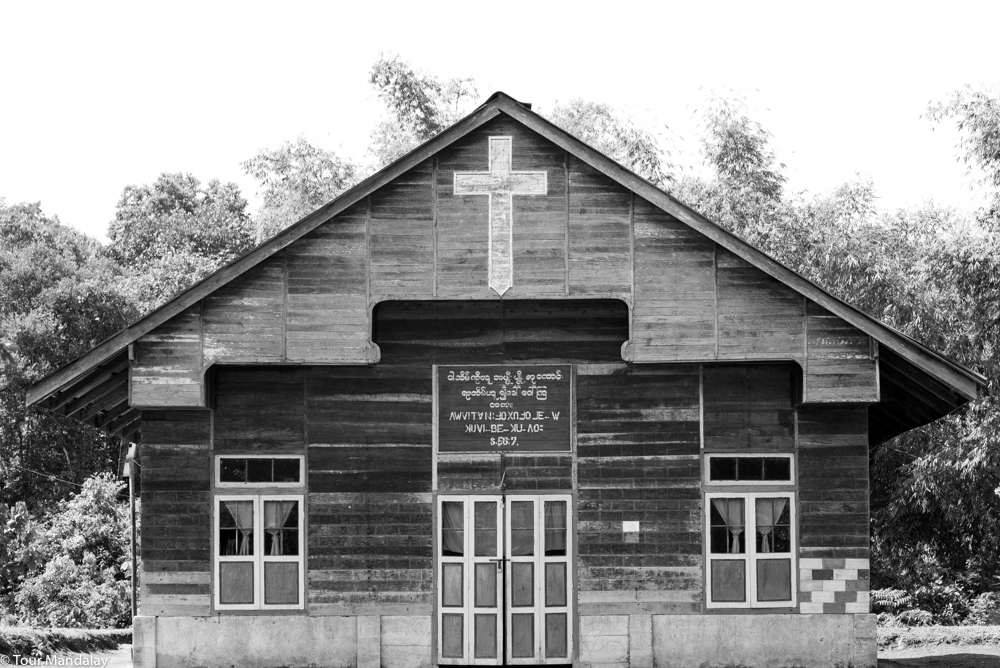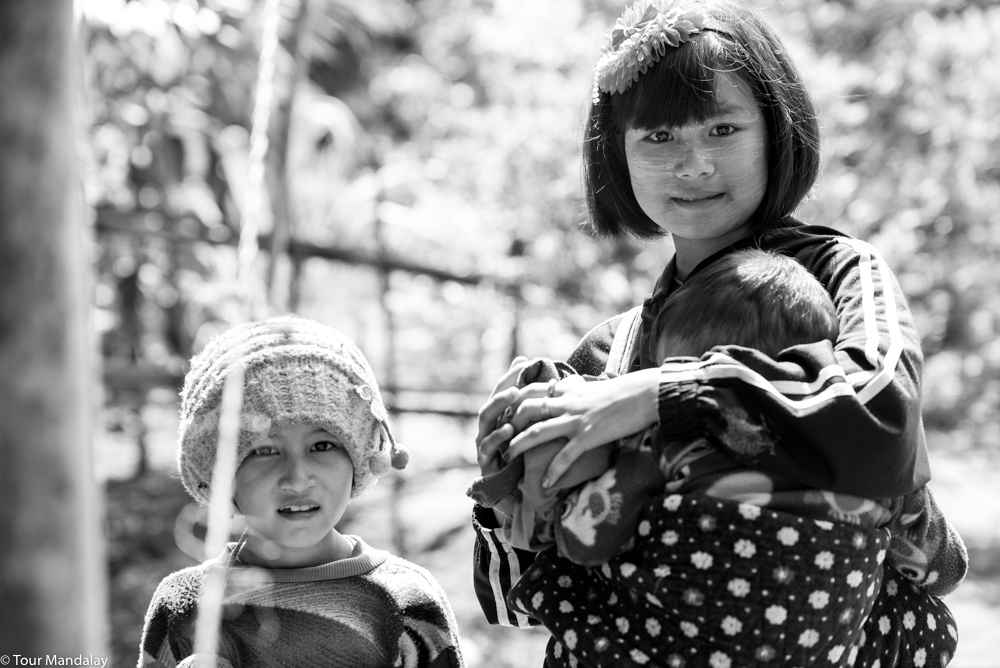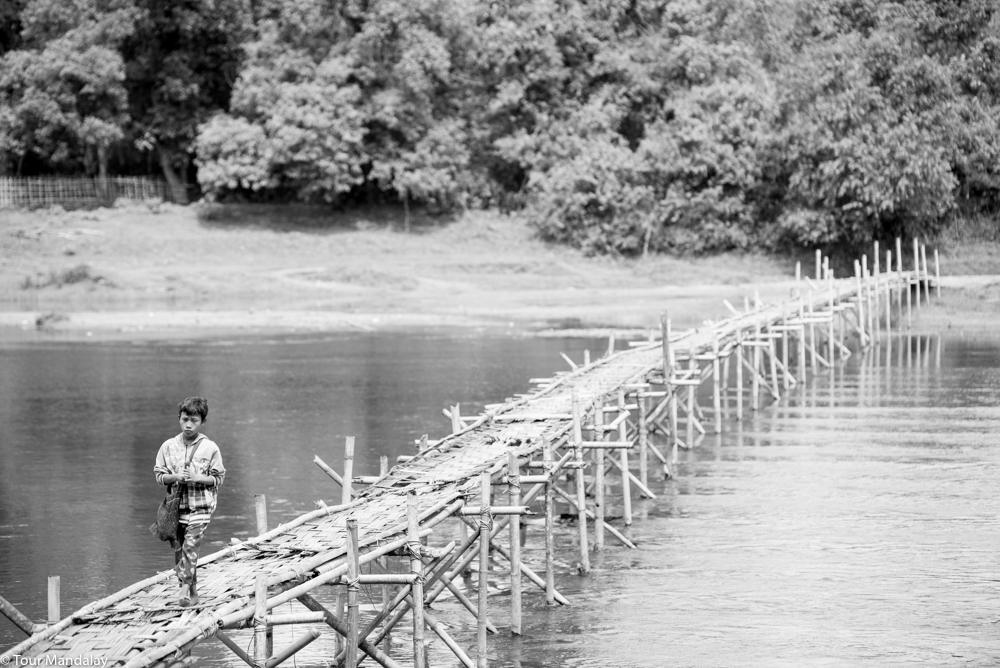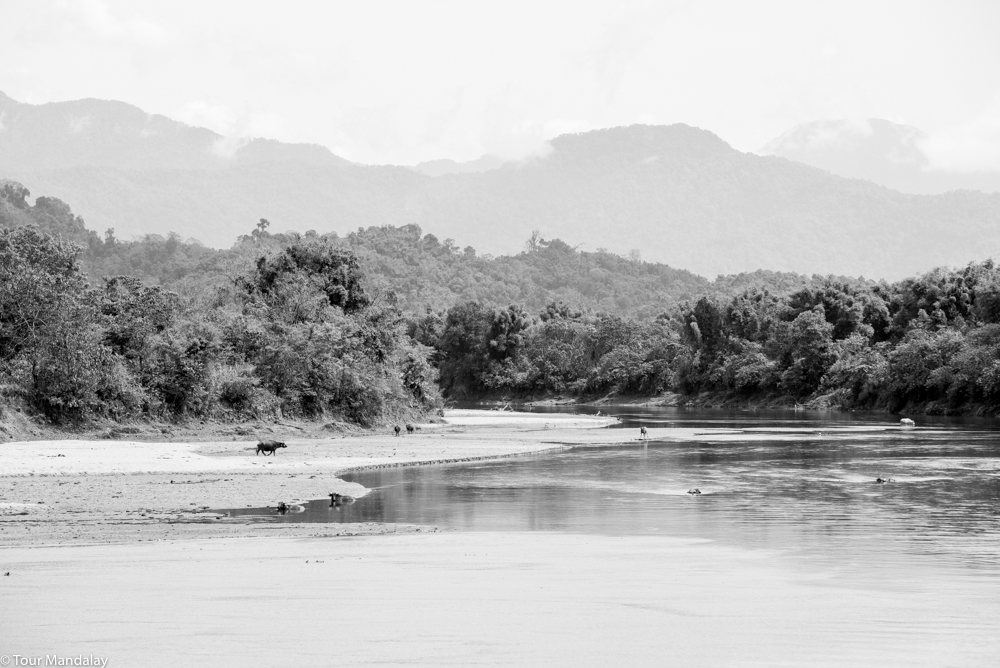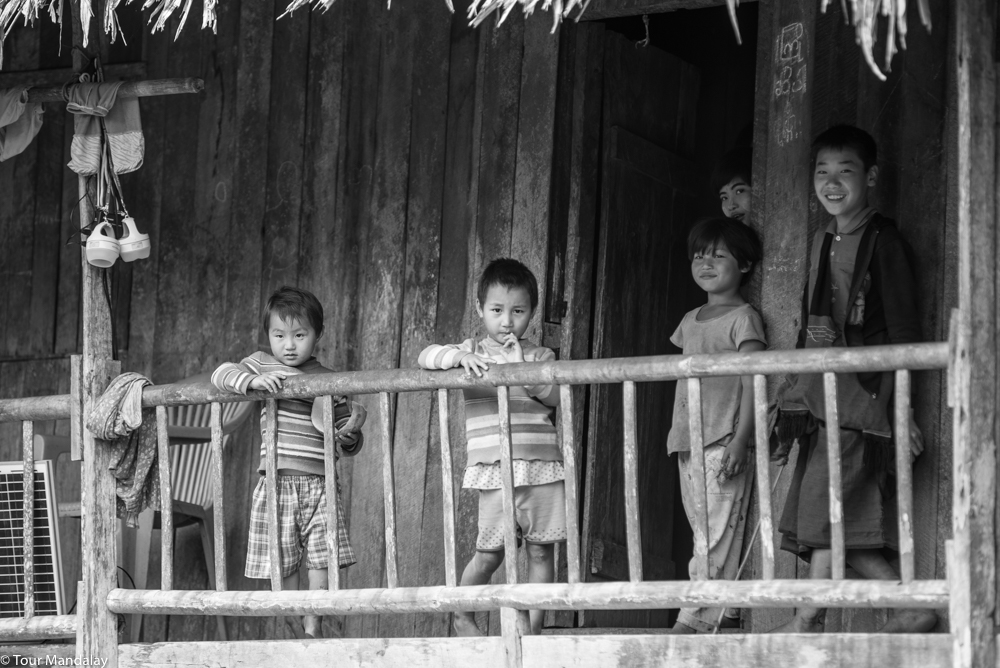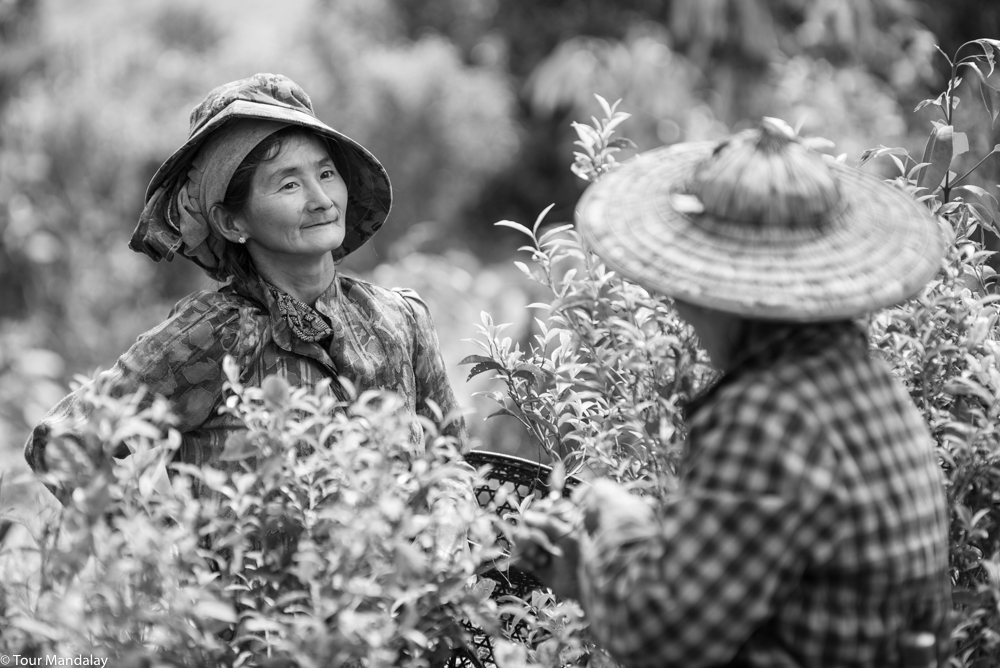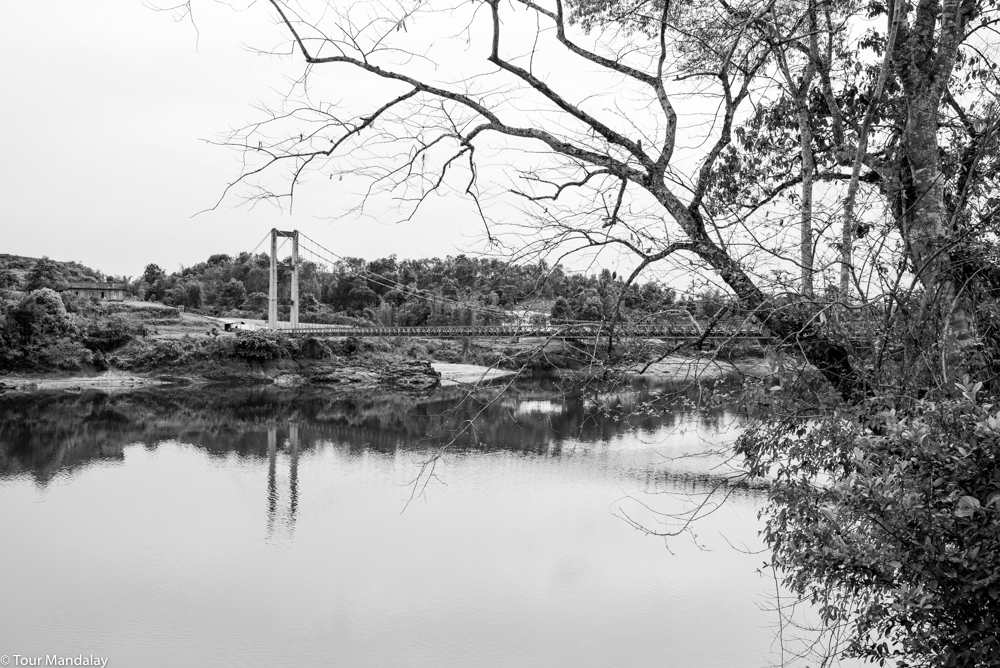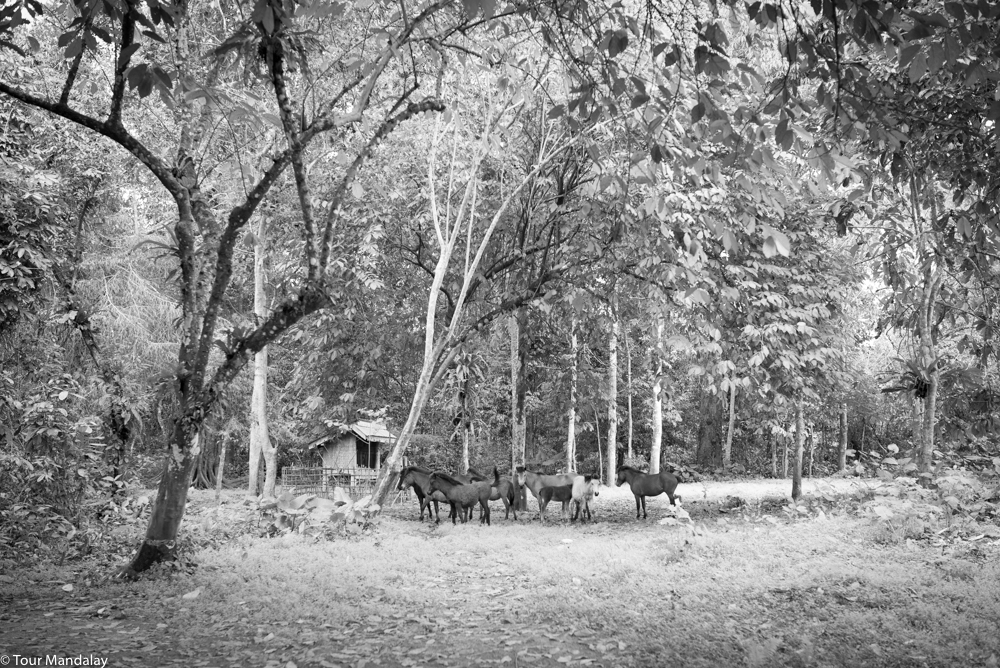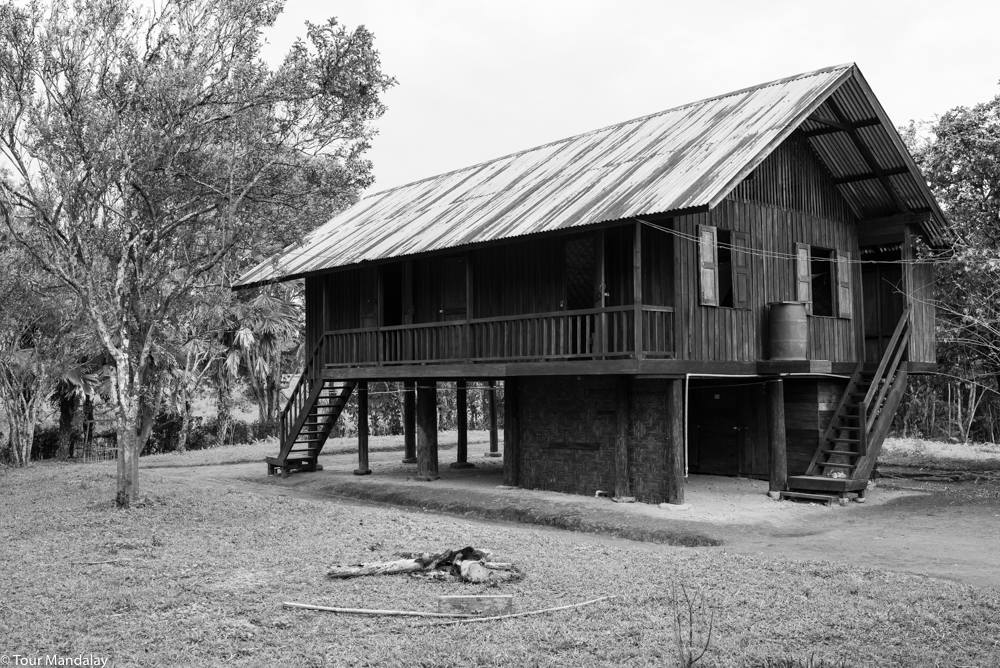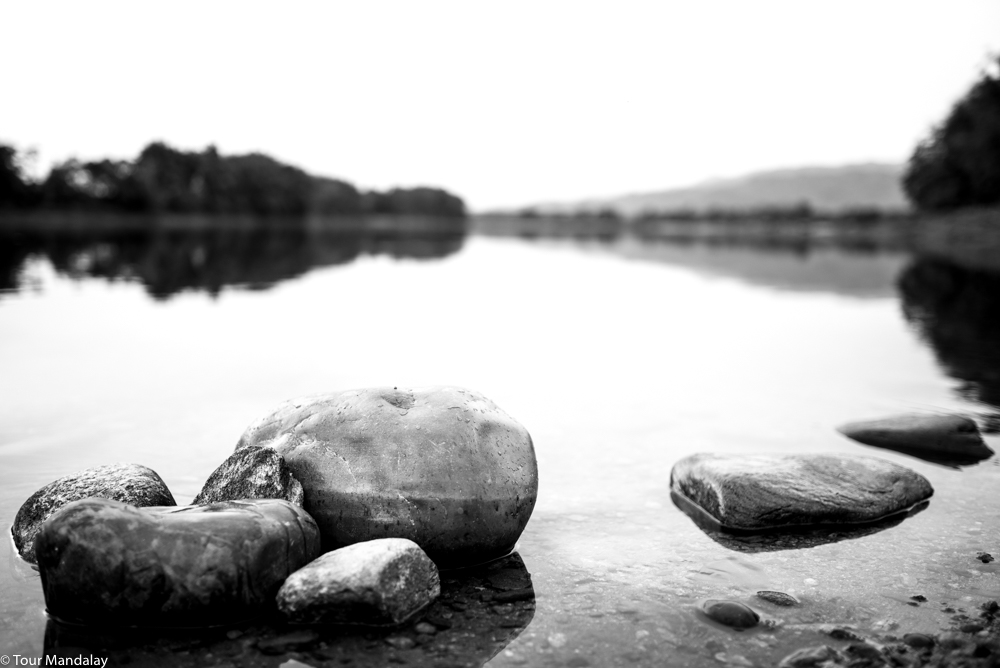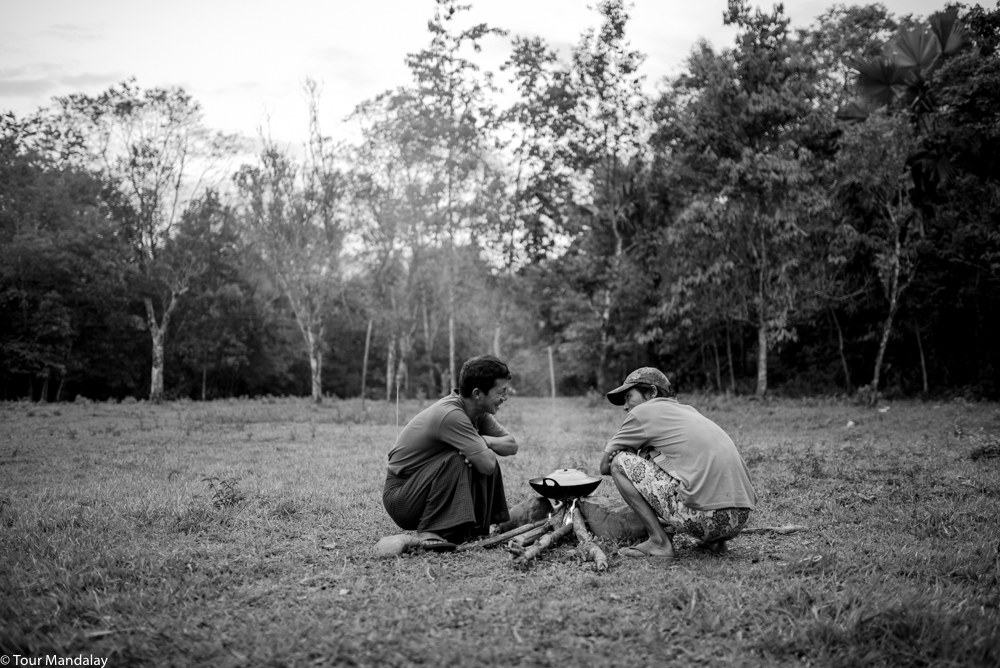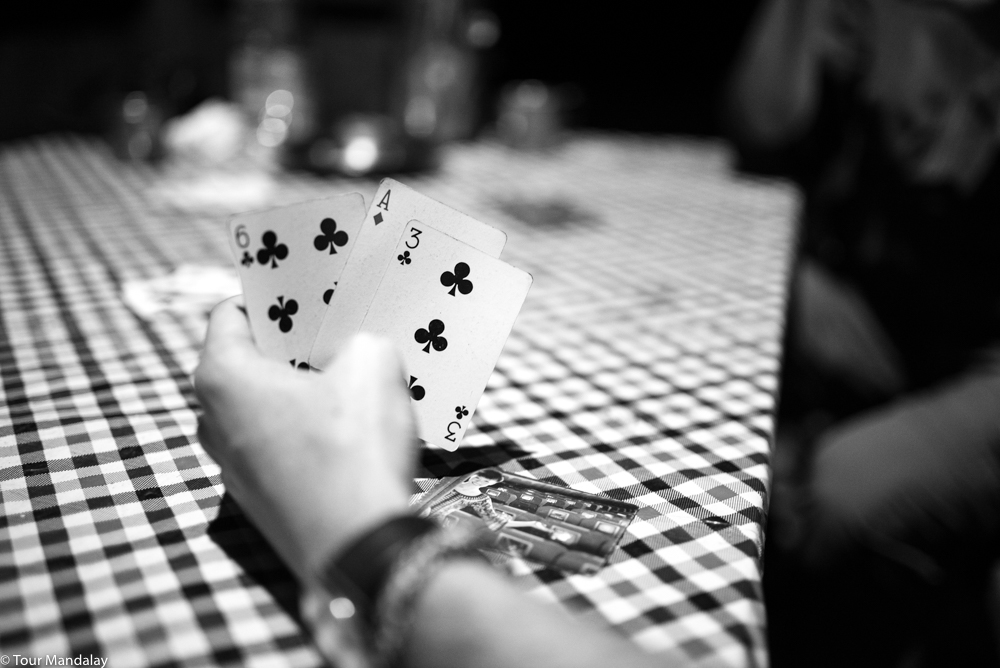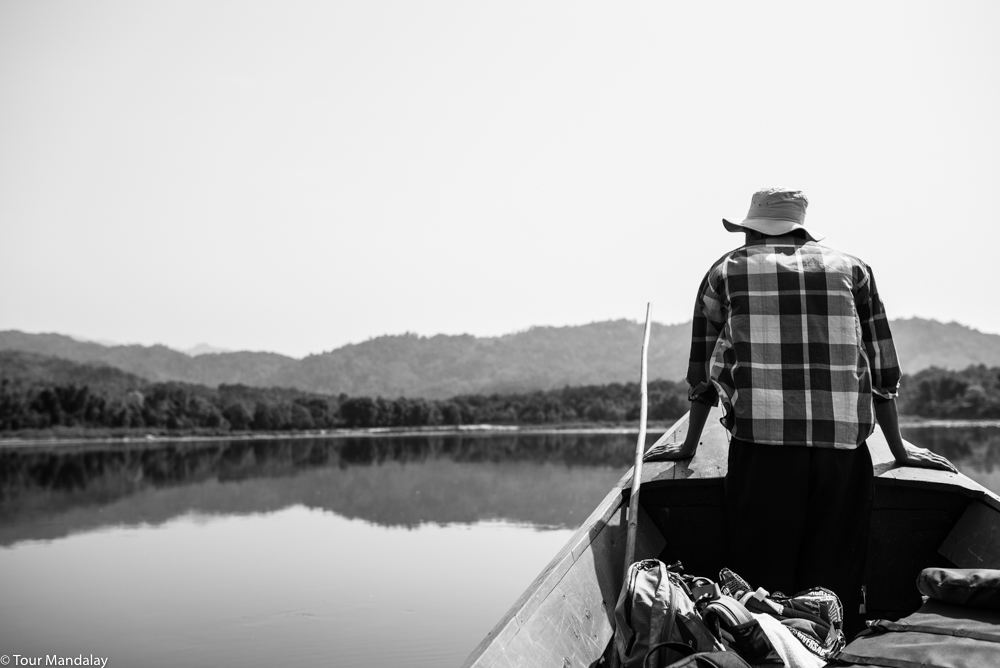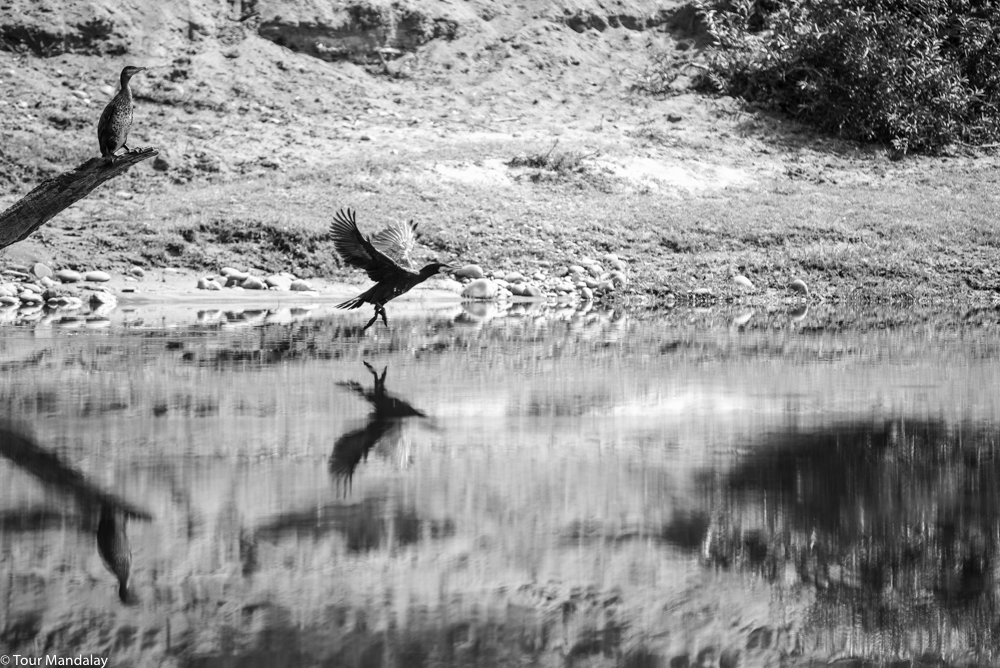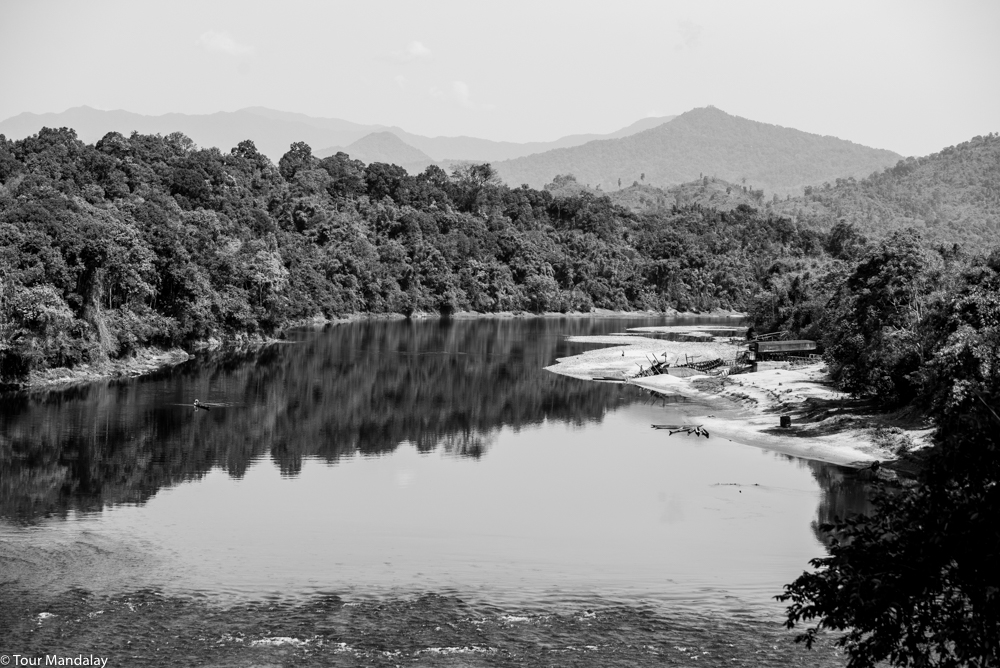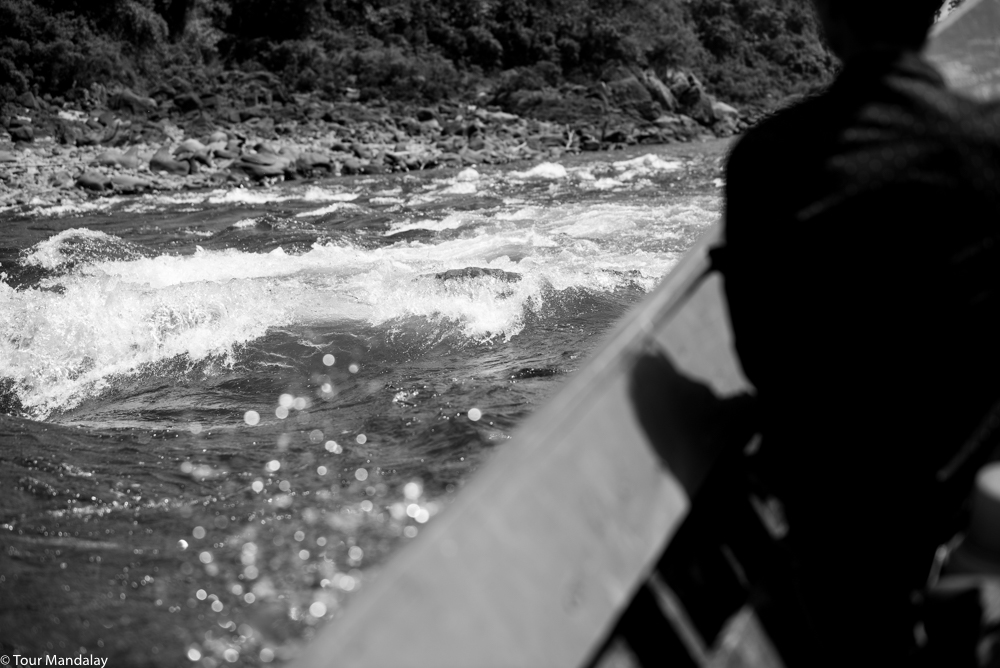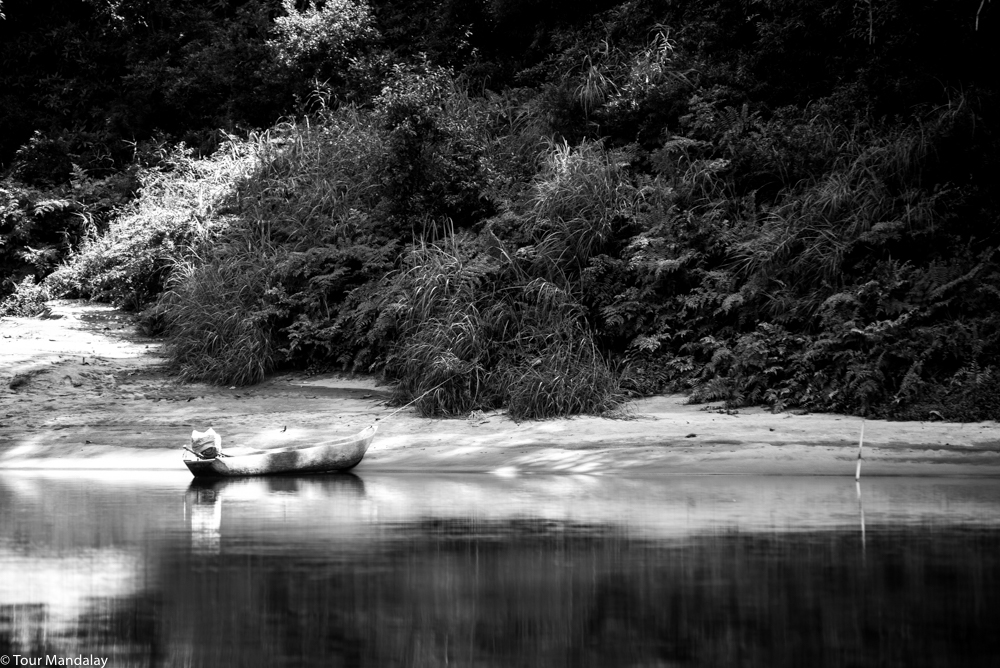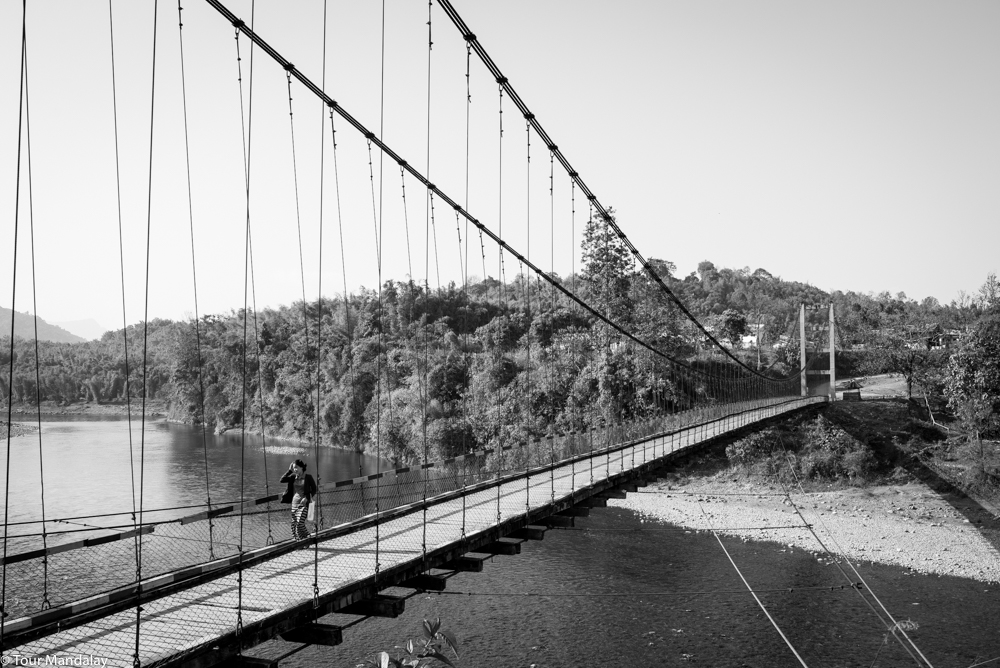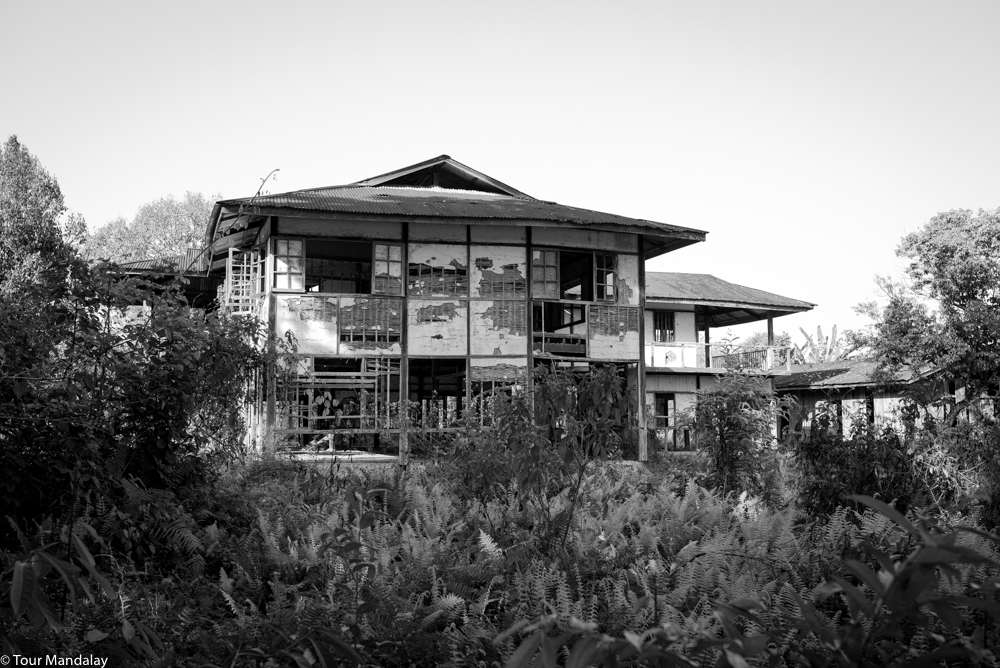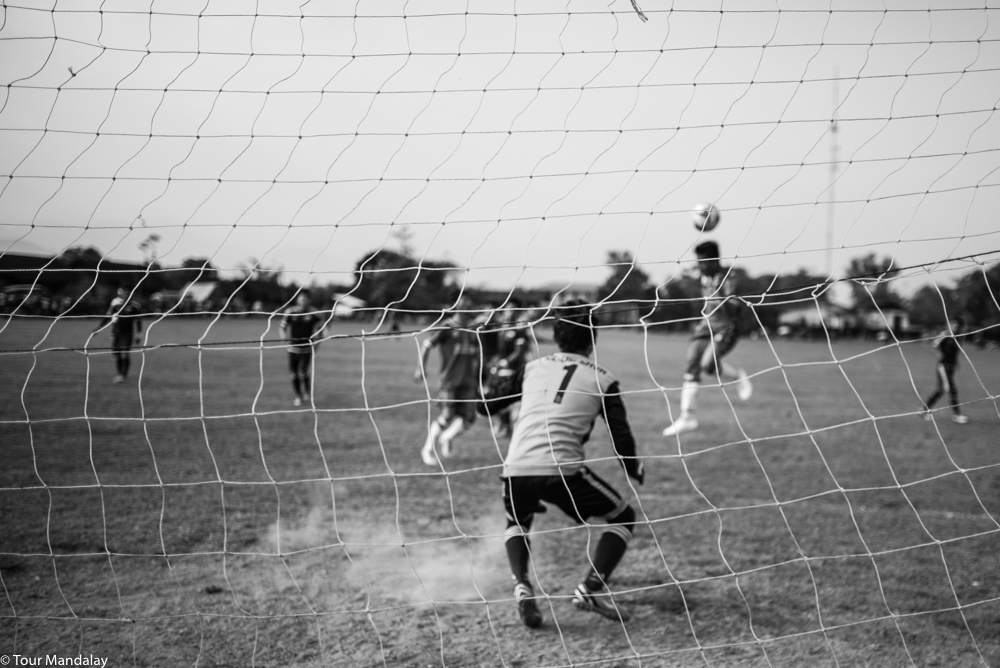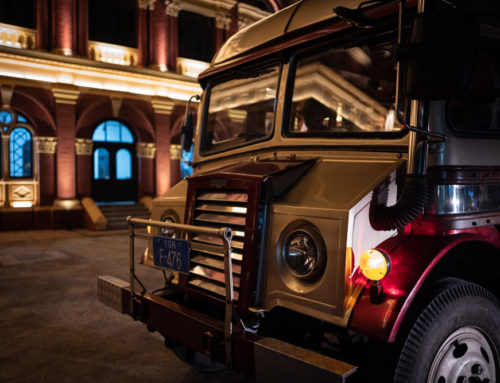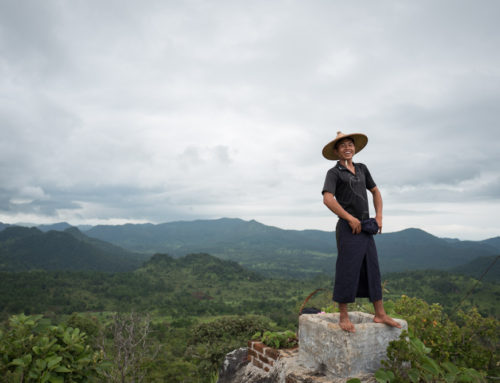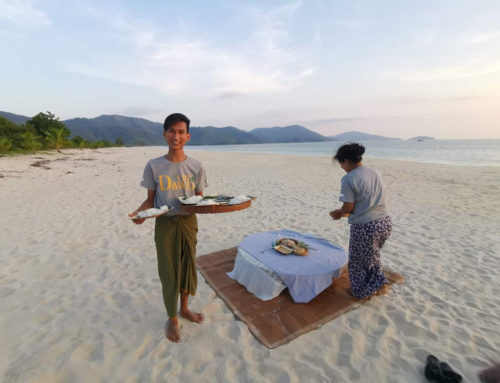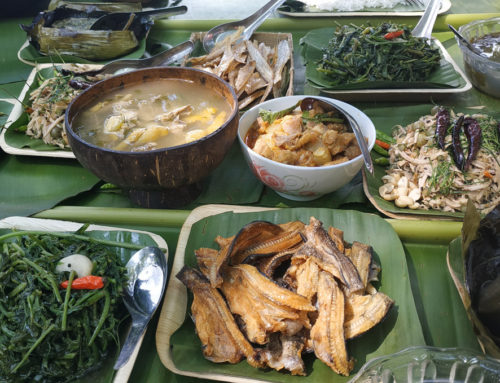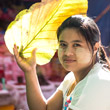Famous for its endemic bird species and rare orchid varieties, Putao is a small town surrounded by snow-capped mountains, freshwater streams and luscious forest. Hkakabo Razi, the highest mountain in South East Asia is also visible from here. Using Putao as a base, one can carry out a range of adventurous excursions including trekking, mountaineering and white water rafting. It is also possible to venture deep into the Himalayan foothills, but these expeditions are reserved for only the most experienced of mountaineers. The limited number of Putao bound flights mean that it is necessary to coordinate your plans around the dates available – that said, access is still not guaranteed as airlines will only operate if there are sufficient passenger numbers to justify flying. Those that make it here however, will be rewarded with one of the most unforgettable travel experiences Myanmar has to offer.
In our most recent edition of Myanmar in focus, Tour Mandalay bring to you a selection of black and white images, which we best feel sums up our three night adventure.
First off, let’s meet our guide, Mr Aung Ram, A distinguised gentleman and one of the few qualified English speaking guides in the region. From Phongun Razi to Phonyin Razi, this man has experienced it all, yet we suspect he’s not going to be 100% satisfied until he’s ascended, or at least come close to, the summit of Hkakabo Razi. No thanks to the 11-day trek required to reach the basecamp through extremely rugged terrain, this is regarded by many professional mountaineers as one of the toughest peaks in the world – the fact only one person (a Japanese man named Takashi Ozaki) has ever successfully climbed and made it back is testament to that.
Encumbered with a group of four amateurs, Aung Ram would sadly not be able to attempt something anywhere near as ambitious on this occasion – to be honest, after a long bumpy flight from Yangon, we were more interested in sipping on cups of tea and stuffing our faces with delicious steamed dumplings. As a compromise, we agreed to complete the excursion briefing at a tea shop which was located a short stroll outside of Putao town.
We had signed up to hike The Rawan Trail, a four day three night soft trekking package that would take us from Putao to Namkham, Machanbaw, Mulashidi and back to Putao. With only one night planned outside of Putao in a simple, yet well-appointed village hut, this was never going to be the most extreme of adventures, but it certainly helped to give us a sense of what’s possible.
After enjoying a surprisingly good night’s sleep at our guesthouse, we lumbered out of bed at the crack of dawn and took a stroll down to the bustling morning market. Each stall was packed to the brim with local produce, including meat, grains and some of the freshest veg we have seen in a very long time. Best of all, due to it serving an incredibly wide sphere of influence, the market has become a melting pot for the majority of tribal communities that inhabit the region. With the exception of the Pigmy Tarong (who can be found close to the base camp of Hkakabo Razi), it is common to see members of the Hkamti Shan, Doolin Jimphaw, Rawan and Lisu all going about their own business.
Even though March is technically classified as Putao’s summer, there was still a lingering morning chill, which helps to explain why the majority of the people we encountered wore wooly hats. It also made the thought of a freshly cooked bowl of noodles at one of the market’s food stalls all the more tempting.
We then returned to our guesthouse for some eggs and toast before being transferred by a beat-up people carrier to the start of our trekking route. From the roadside, we then trekked for a couple of kilometres on a windy, undulating dirt track until we reached a green clearing. Here we met a group of children helping a young mother chop and stack wood on a bonfire, which was to be used for the regular hamlet get-together that evening.
Even in a sparsely populated hamlet of northern Chin State, something that was made immediately made apparent was the strong sense of community. Even though it was still early in the morning, everyone was already out and about, working together to carry out the day’s essential chores. Whether that was carrying produce back from the market, washing clothes or chopping wood, everyone appeared happy to lend a helping hand.
Visitors to Putao are often surprised to learn that the main religion practised here is Christianity. This is due to a small number of Christian missionaries making their way here during British colonial rule. Considering the region is still a challenge to access now, especially by road, it is hard to imagine how they would have managed it, especially in conditions that would have been even more extreme than they are today. This helps to explain the abundance of churches present, even in small hamlets such as the one we were passing through.
In most communities, the church also functions as a school and due to it being closed, there were a large number of children present, with the older ones temporarily taking over the responsibility of parenting whilst their own were busy with the above mentioned chores.
After passing through the hamlet, we then crossed a 100 metre long rickety bamboo bridge, which took us across the shallow waters of Nampalat creek. Being meltwater we decided to adopted a slow and steady approach, which wasn’t easy due to heavily weathered sections and the occasional strip of bamboo latching onto our shoes. Clearly it was not a problem for the boy below, who we’re sure looked back in great amusement to watch a small group of city dwellers not so smoothly attempt it.
The most difficult challenge was in fact paying attention to the task at hand. As we lumbered across, to the right of the bridge was an incredible vista and our first real glimpse of the region’s much talked about mountainous landscape. The light cloud cover and bathing oxen only helped to enhance our appreciation for what was already an unforgettable sight.
After passing through another small hamlet, we then crossed a bouncy suspension bridge over Nan She creek, much to delight of the locals bathing and washing clothes below. We were soon to discover that the region is home to an impressive variety of bridges, without which accessibility to the hamlets would be even more restricted.
Even if that was the case, we doubt it would have impacted the self-sufficient lifestyle of the people we had the pleasure of meeting. Almost every house we passed had a sizeable amount of land, their own animals, a vegetable patch and plentiful green surrounds. Life was good here and the welcoming smiles certainly helped to back-up that sentiment.
There was no doubt it was less complicated and laid-back, at times reminiscent of the popular US drama Little House on the Prairie, only with a not so well-known Burmese cast and a more dramatic back-drop.
It wasn’t long before we were sitting down for lunch in Ngwa Saga village; we accessed this via a huge suspension bridge that stretched across Malikha River. Nearby was Kaungmulone Pagoda, said to be one of the 84,000 pagodas built by the revered king, Thiri Dhamma Thawka. Lunch was a basic affair consisting of fried chicken, rice and fruit. Shortly after finishing, we veered off the road and proceeded to walk along banks of the what was at the time, a very placid Malikha River.
At one point we crossed a team of wild horses grazing on a shaded patch of pasture, briefly stopping to cautiously watch us stroll past. We continued to walk towards Namkham, passing through the smaller settlements of Salundum and Htrandum en route.
We arrived into Namkham a few hours later and it was here that we would settle for the evening. Our accommodation was to be a stilted wooden shack with a tarpaulin roof, surprisingly well-appointed considering its remote location with each room boasting a mattress and mosquito net.
A short stroll down the lane at the bottom of the garden would lead you straight out onto a quiet bank of Malikha River. Apparently it’s possible to swim in here, but it was ice cold on the day so we quickly gave up on that idea. A refreshing face wash was in order though before we sat down to watch the phenomenal sunset. The sky’s textures and colours reflected into the river’s calm surface, almost as if it was a giant meandering mirror.
By the time we’d returned, the team of multi-talented porters were already busy preparing dinner. With the light slowly fading and the smell of home cooking in the air, it was not far off the perfect evening.
With no access to anything electronic, we felt completely shut off from the world that evening. Besides from great company, we kept ourselves amused for hours with local stories, a game of cards and copious amounts of green tea.
After a relatively peaceful night’s sleep, we woke early for a cold shower and a light breakfast. We then headed back to the banks of Malikha River to find a motorboat waiting. This would take us to Machanbaw, a small town and once an important colonial outpost.
The breeze from the ice cold river water had us feeling wide awake in an instant; one thing was for sure, the next few hours were going to be brisk and we were glad to have packed multiple longyis (a Myanmar sarong). As the roar from the boat’s engine echoed into the distance, birds sprang into life nearby causing them to fly across the lake’s reflective surface.
Machanbaw itself is a bustling little town home to a small number of long-forgotten colonial mansions, a couple of churches, a monastery and a market. Highlight were the British Club, complete with an old pool table and the view from the grounds of the two-story British Commission House (now a disused guesthouse).
After we had finished admiring the view, we continued to walk through the village before hopping back into the boat. From here we would make our way to the so-called Fairy Island along choppy river rapids that were expertly navigated by the man entrusted to keep an eye at the front.
The porters then prepared and served lunch on Fairy Island itself, a severely weathered outcrop neighboured by what appeared to be a recently constructed white pagoda. A few minutes were spent paddling in the water but the subzero temperatures meant it was not possible to enjoy for long. Do not let the calm, inviting nature fool you!
After letting our lunch settle, we then took the boat back the way we came to meet with our driver who would drive us approximately 20 miles to Mulashidi; in Lisu language this roughly translates as “the village that stands in the thatch field along the banks Mula River”. This is home to one of the most photographed sights in Putao, a 200-metre long, pedestrian only suspension bridge. This looks particularly picturesque in the morning when it’s partially shrouded in a light layer or mist.
Nearby you can also find the abandoned colonial compound of the the American missionary Robert Morse, who was forced to leave Myanmar in 1965. It is in a sorry state, but it is quite easy to imagine how amazing it would have been when he lived there for several years back in the 1950s.
This concluded the tour, which was perfect timing as we were keen to get back to spectate a gritty football match between Myitkyina and Phar Kant.
Although this adventure was rather quite timid in comparison to some of the other excursions on offer, The Rawan Trail is a great way to experience the highlights of Putao without subjecting yourself to the extremities; if you want to get an idea of what we mean by that, be sure to check out the ‘Down To Nothing’ video below.
https://vimeo.com/136761532
If you are keen to travel to Putao, we would recommend that you check your government’s travel advise first as some parts are unfortunately considered off-limits and this may lead to you being uninsured. If this is the case, then we would advise you keep a close eye on developments seeing as we are confident that it will not be long until Putao is considered one of the most sought-after trekking destinations in the world.
Special thanks needs to go to Aung Ram and our porters, without whom none of this would have been possible.

